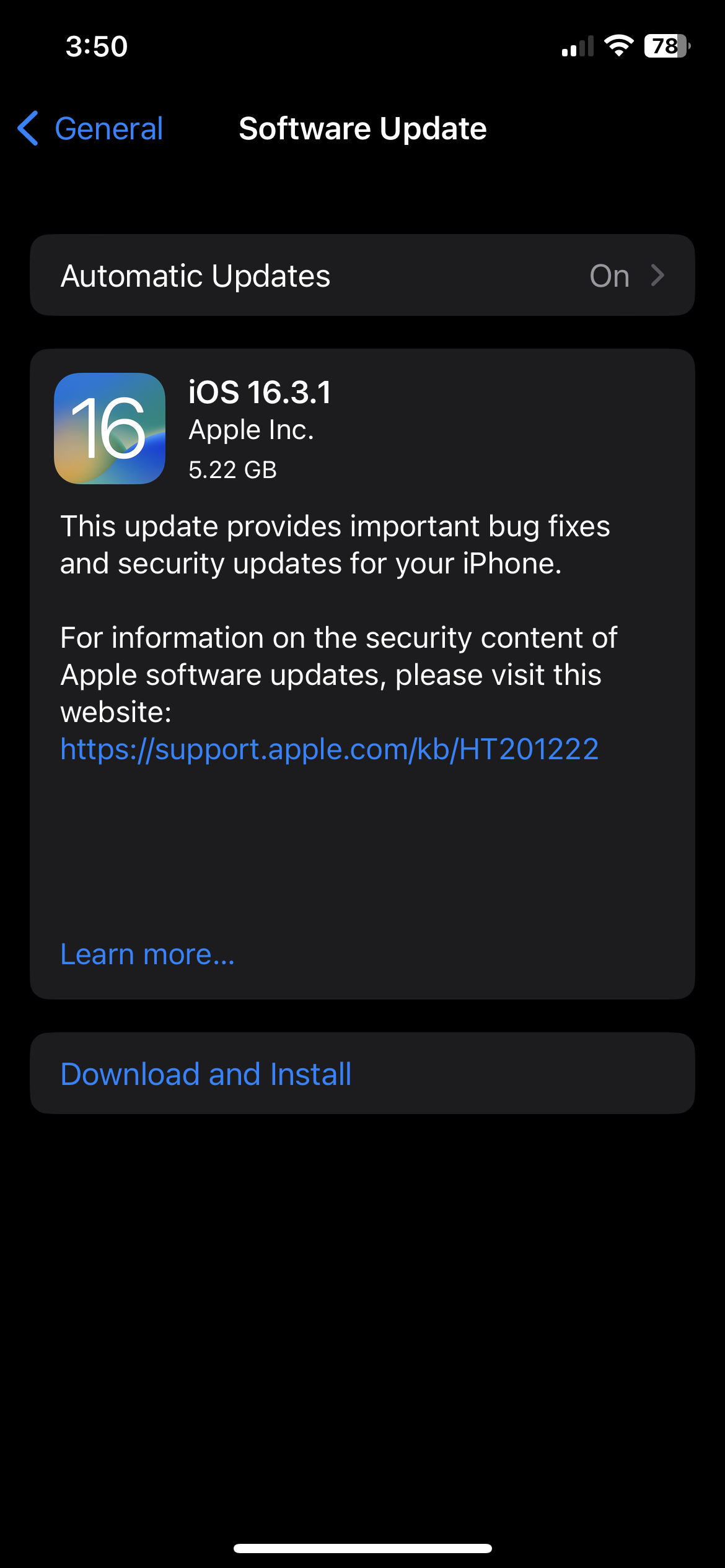Apple’s Crash Detection feature is notorious for pushing out false negatives. Over the past few months, there have been several reports of the feature triggering emergency calls when the wearer of an Apple Watch or someone with an iPhone 14 series device is engaging in winter sports, or riding on a roller coaster.
Amid the false positives, there have been several cases where the feature has actually assisted in locating someone in dire need of help.
News coming out of Germany via Mittelbayerische Zeitung suggests that the Crash Detection was responsible for helping three people that were in a car crash where their vehicle fell down a deep embankment.
The report says that the car was driving in the area of the B20/A3 near Steinach. “Shortly before entering the A3 motorway, the 21-year-old driver left the lane to the right, drove through a green strip and was catapulted over the crash barrier by a mound of earth,” reads the translated report. “The vehicle then got stuck in bushes below the roadway,” and could not be seen from the road. One of the passengers was wearing an Apple Watch Series 8, which was quick to alert emergency services about the crash.
Emergency services rushed to the scene, and were able to pinpoint the location of the crash thanks to the Crash Detection feature. “After the fire brigade had given the rescue workers access to the steeply sloping terrain using ladders and ropes, three injured people were freed and given medical care,” reads the translated report. The driver of the vehicle suffered minor injuries while the two passengers suffered serious injuries. All three were taken to a nearby hospital.
This isn’t the first time the features have made headlines for helping people. Just last month, the feature aided response teams to locate the scene of a car accident in Tasmania. Similarly, it also helped rescuers locate two people who accidentally fell into a remote California canyon.
Apple is also making “optimizations” to the Crash Detection feature with iOS 16.3.1, though the company hasn’t detailed what it means when it says “optimizations” or how the update would help prevent false positives. Crash Detection is turned on by default. You can turn off alerts and automatic emergency calls from Apple after a crash in Settings > Emergency SOS, then turn off Call After Severe Crash.
Source: Mittelbayerische Zeitung Via: 9to5Mac








